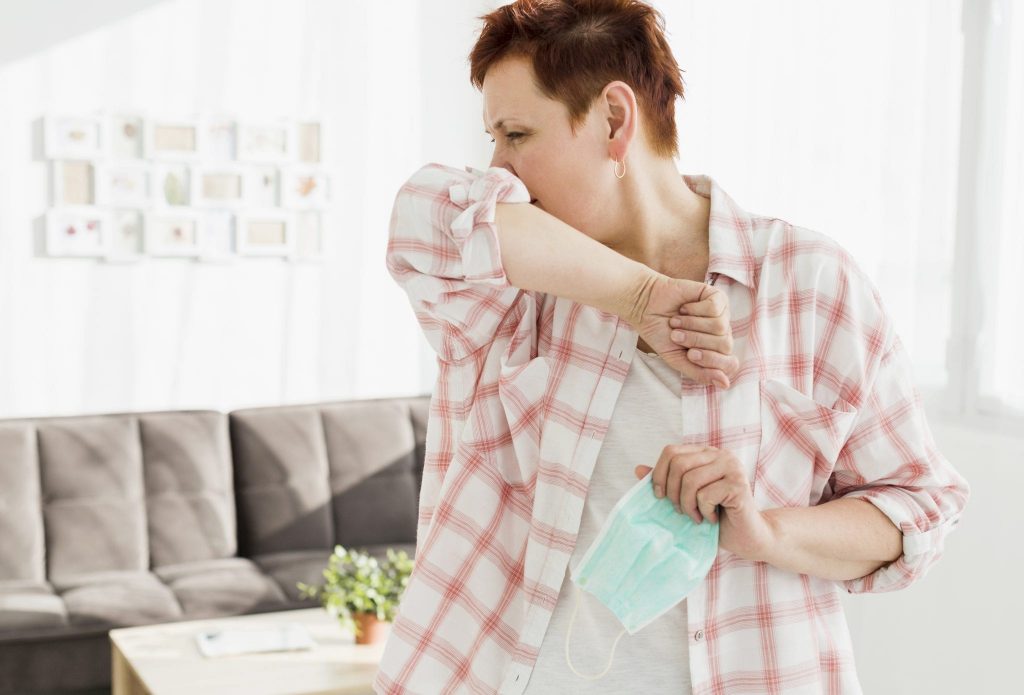
This is a piece of actual information for any respiratory disease.
How can you get coronavirus?
COVID-19 is infected in two ways. Airborne (that is, they inhale the virus directly from the air) and contact droplet — when it is released from the infected nasopharynx and “falls” to the surface. From where, through touch, it can get on the mucous membranes of healthy people.
Already from this, it is clear that it is easier to become infected with a “crown” in a room than on a street.
Through the air. With the airborne droplet method, the virus enters the air when coughing or sneezing infected. When inhaled contaminated air, the coronavirus also enters the body.
Through contact. According to research, the most likely chance of contracting the virus is a drop-contact mechanism. The virus is secreted with relatively large droplets of saliva, for example, when sneezing or talking. They are too large to stay in the air for a long time, therefore they settle on different surfaces within a radius of 1-2 meters from the source. Most often these are door handles, handrails, household items.
From surfaces, the virus falls into the hands. To get infected, one more step is required — to transfer the virus to the mucous membranes, for example, touch the lips or rub the eyes. This often happens because people tend to touch their face with their hands.
Proper sneezing technique
Coronavirus infection has already taught us to constantly wash our hands, use antiseptics and maintain a social distance, but it’s also important to sneeze correctly. This must be done in such a way as not to infect yourself and not infect anyone else, even if you are sure that you do not have COVID-19.
The Center for Disease Control and Prevention made several recommendations on how to sneeze:
- Cover your mouth and nose with a tissue when you cough or sneeze.
- After use, the disposable tissue should be immediately thrown into the trash.
- If you don’t have a scarf or napkin, cough and sneeze into the fold of your elbow. So your hands will remain clean, and the risk of spreading the virus with further contact with objects will be significantly reduced.
- When sneezing and afterward, do not touch your face with your hands. Indeed, even if you are healthy, there may be pathogens on your hands, and if you touch your nose or eyes you risk getting infected through the mucous membrane.
- Rinse thoroughly after coughing and sneezing. If you can’t do this, use an alcohol-containing antiseptic (at least 60%).
Regardless of the presence of symptoms of a respiratory illness on the street, it is necessary to maintain a social distance without approaching other people by more than a few meters. The WHO indicates at least 1 meter of distance, but recent studies have shown that when sneezing a cloud of small droplets can spread 7-8 meters. It is precisely the above rules that will help reduce such a huge area of defeat. Do not neglect them.
Remember that COVID-19 is often asymptomatic. This means that even if you do not have a cough and a fever, you can be contagious.
Picture Credit: Freepik
